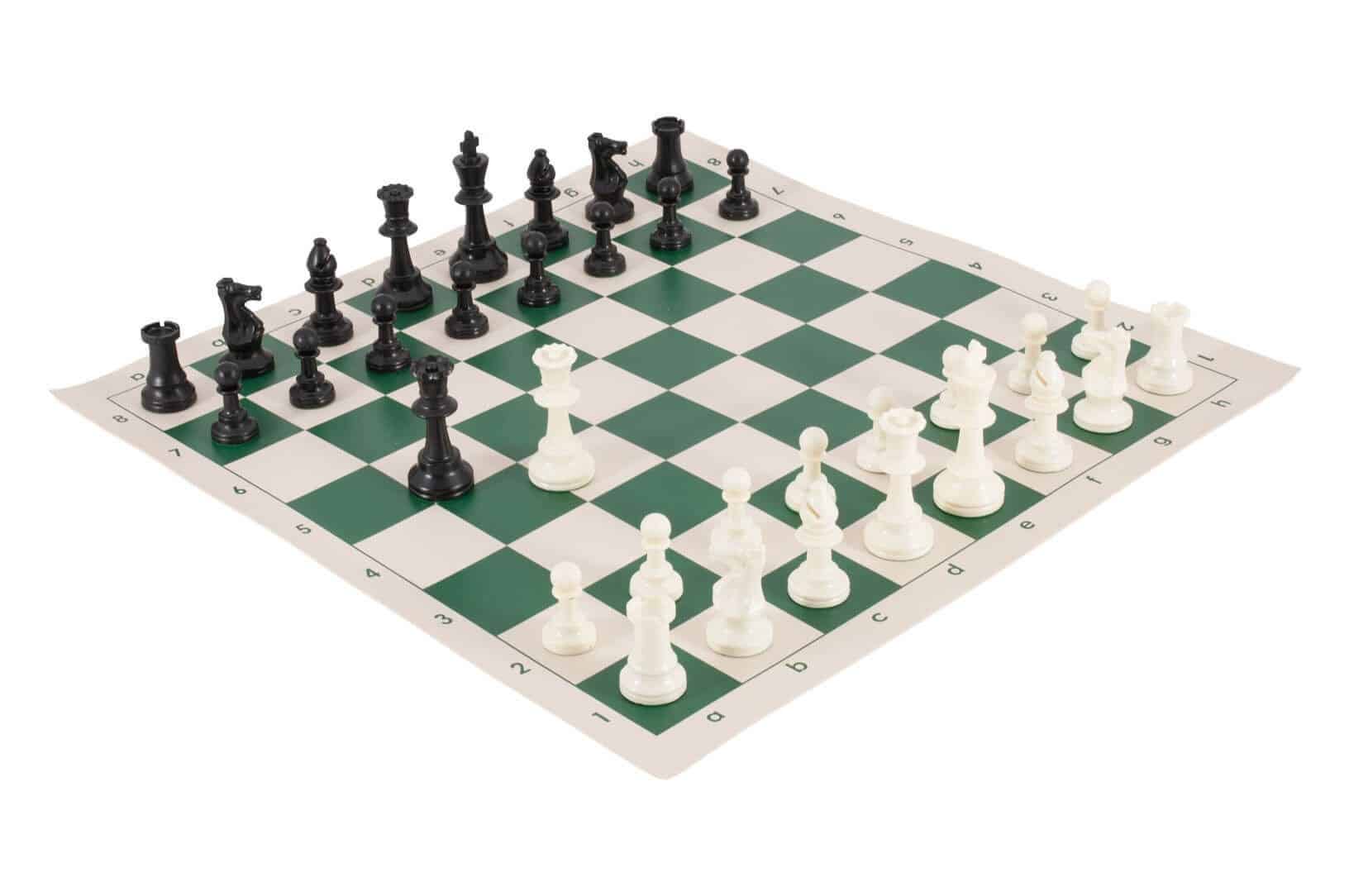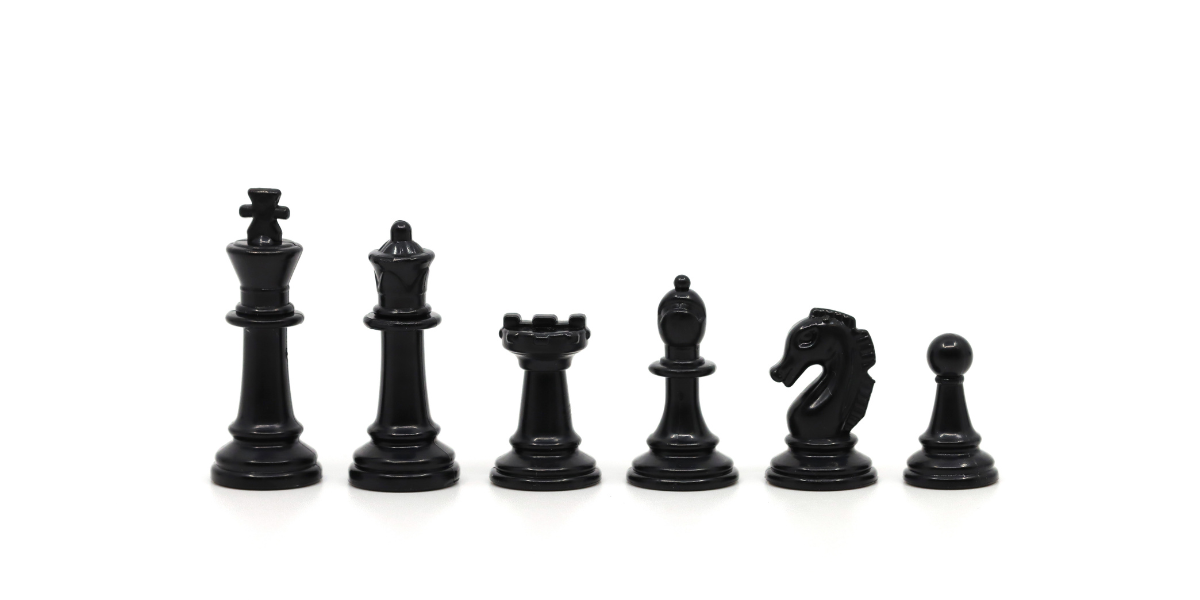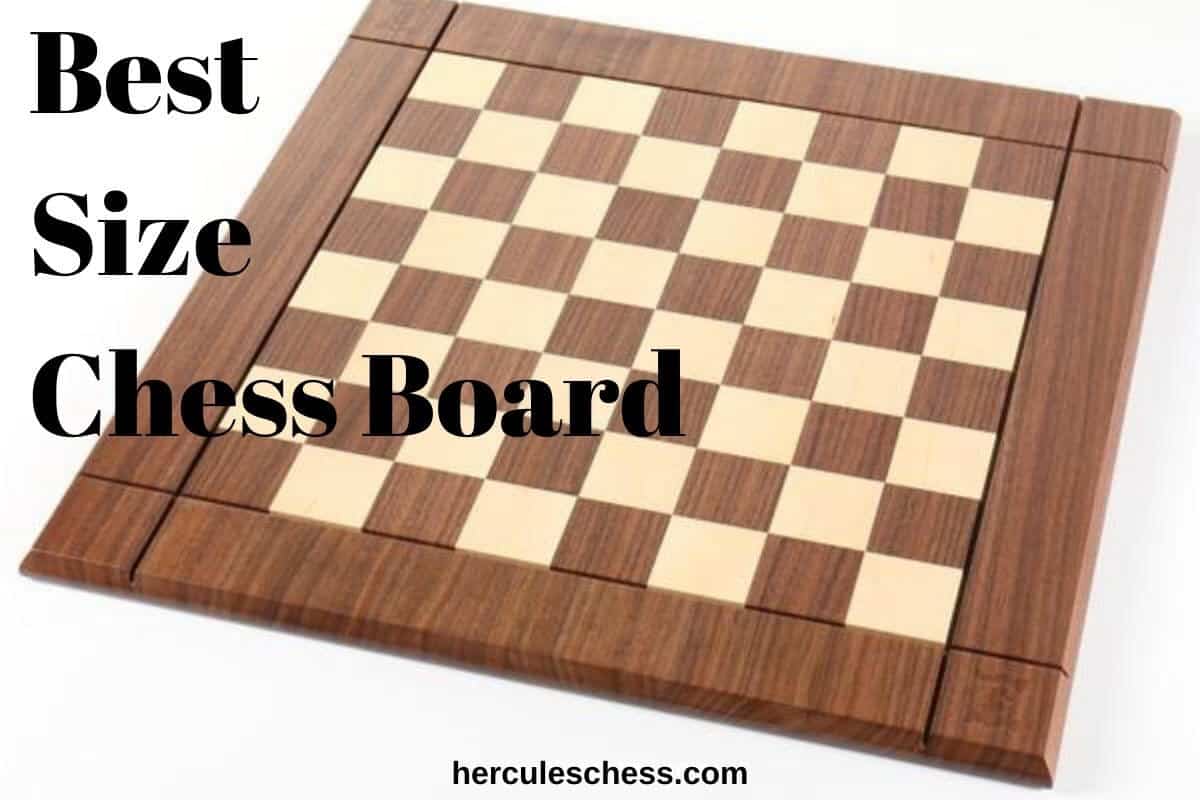Regulation Chess Board Size
Choosing the Perfect Chess Board Size: A Guide to Regulation Tournament Boards
When it comes to chess, having the right equipment can truly enhance your playing experience. One of the most important aspects of any chess set is the board itself. Not only does it serve as the battleground for your intellectual duels, but it also adds a touch of elegance to the game. If you are a serious chess player or planning to participate in tournaments, a regulation chess board is a must-have. In this article, we will explore the standard dimensions of a regulation chess board and guide you on how to choose the perfect size for your needs.
Why Size Matters: The Importance of Regulation Chess Boards
When it comes to chess, precision and adherence to rules play a crucial role. Regulation chess boards are designed to meet specific size standards set by various chess organizations. These standardized boards ensure fairness and consistency in tournament play, allowing players to focus solely on their strategic maneuvers without any distractions or disadvantages caused by irregular board sizes.
Moreover, playing on a regulation chess board allows players to easily transition from casual games to competitive tournaments. By practicing on a board with the standard dimensions, players can develop a deep understanding of board awareness and piece movement, which will undoubtedly give them a competitive edge when facing opponents in official matches.
Choosing the Perfect Size: Factors to Consider
Selecting the right size for your chess board depends on several factors, including your playing style, personal preference, and available space. While regulation boards are designed to meet specific dimensions, understanding these dimensions and how they relate to your playing style can help you make an informed decision.
The Ideal Size: 2.25" Square Boards

The most widely used size for regulation chess boards is 2.25" squares. This size strikes the perfect balance between spaciousness and precision. The squares are large enough to accommodate all the pieces comfortably, allowing for easy movement and maneuverability. Additionally, the 2.25" size provides ample space for notation, enabling players to record their moves conveniently.
If you are unsure about which board size to choose, going with the classic 2.25" square boards is a safe bet. Not only will you be using a size that is widely accepted in tournaments, but you will also be aligning yourself with a long-standing tradition in the chess world.
For a More Compact Option: 2" Square Boards

If you prefer a tighter and more compact layout or have limited space, a board with 2" squares may be the perfect choice for you. The smaller square size presents a challenge, requiring players to have greater precision in their moves. Some chess enthusiasts believe that playing on a smaller board helps in fostering strategic thinking and improving concentration.
However, it is important to note that while 2" square boards can be used for casual games, they are less commonly used in official tournaments due to the decreased size of the squares. Therefore, if you have plans to participate in competitive chess events, it is advisable to opt for a 2.25" square board.
For a Grandiose Experience: Oversized Boards
If you are someone who appreciates the aesthetic appeal of larger boards or enjoys playing with intricately detailed chess pieces, oversized boards can be a fantastic choice. These boards range from 2.5" to 4" squares, providing a visually striking and impressive playing surface.
While oversized boards can add a touch of grandeur to your chess sessions, they are not commonly used in official tournaments. Their primary appeal lies in their beauty and uniqueness, making them perfect for casual games, display purposes, or simply for the joy of playing chess on an eye-catching board.
Frequently Asked Questions (FAQ)
1. Are regulation boards necessary for casual play?
While regulation boards are not essential for casual play, using one can bring a sense of authenticity and professionalism to your games. Additionally, practicing on a regulation board can help improve your skills and prepare you for competitive play.
2. Can I use a regulation board for online chess games?
Regulation boards are physical chess boards designed for in-person play. Online chess platforms provide their own virtual boards, which automatically conform to the standard dimensions. However, using a regulation board while playing online can enhance your experience and make it feel more akin to playing on a traditional board.
3. Are regulation boards universally accepted?
Regulation boards are widely accepted in national and international tournaments. Different organizations may have slight variations in their specifications, but the general size of 2.25" squares remains consistent across most official events.
4. Can I use non-standard boards for official tournaments?
Using non-standard boards in official tournaments is typically not allowed. To ensure fair play and maintain a level playing field, tournament organizers insist on using regulation boards that meet the required standards.
5. Can I make my own regulation chess board?
Yes, it is possible to make your own regulation chess board as long as you adhere to the standard dimensions. You can find detailed measurements and instructions online, allowing you to craft a personalized board tailored to your preferences.
Choosing the perfect size chess board is an important decision for any chess enthusiast. Whether you opt for the classic 2.25" squares or venture into the realm of oversized boards, it is crucial to consider your playing style, available space, and intended use. By selecting a regulation chess board that suits your needs, you can elevate your playing experience and immerse yourself in the captivating world of chess.
Regulation Chess Board Size | SquareOff
 Image Source : squareoffnow.com
Image Source : squareoffnow.com Best Size Chess Board: Official Dimensions - Hercules Chess
 Image Source : herculeschess.com
Image Source : herculeschess.com Regulation Vinyl Tournament Chess Board - 2.25" Squares - ROUNDED
chess board vinyl regulation tournament squares corners rounded specifications size
Regulation Size Board? - Chess.com
 Image Source : www.chess.com
Image Source : www.chess.com board regulation size chess
Regulation Vinyl Tournament Chess Board - Larger Square Sizes | EBay
regulation chess board tournament sizes vinyl larger square
Best Size Chess Board: Official Dimensions - Hercules Chess
 Image Source : herculeschess.com
Image Source : herculeschess.com tournament regulation weighted uscf herculeschess
Regulation Chess Board - Cold Brew Woodworking
 Image Source : coldbrewwoodworking.com
Image Source : coldbrewwoodworking.com Classic Black And White Check Coloured Pattern - Chequered, Checkered
 Image Source : www.pinterest.co.kr
Image Source : www.pinterest.co.kr Best size chess board: official dimensions. Best size chess board: official dimensions. Regulation chess board. Board regulation size chess. Regulation vinyl tournament chess board